Apriums
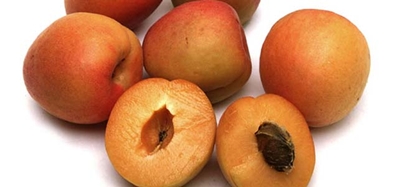
In the world of fruits, few things are more fascinating than hybrids—nature’s sweet experiments, often aided by human hands. The aprium, a cross between an apricot and a plum, is a delightful example. But did you know there are several other hybrid fruits just as intriguing, each with its own flavor story to tell?
Below are 9 hybrid fruits similar to aprium, each blending genetic elements from familiar stone fruits in unique and flavorful ways.
1. Pluot
Hybrid: Plum × Apricot (mostly plum)
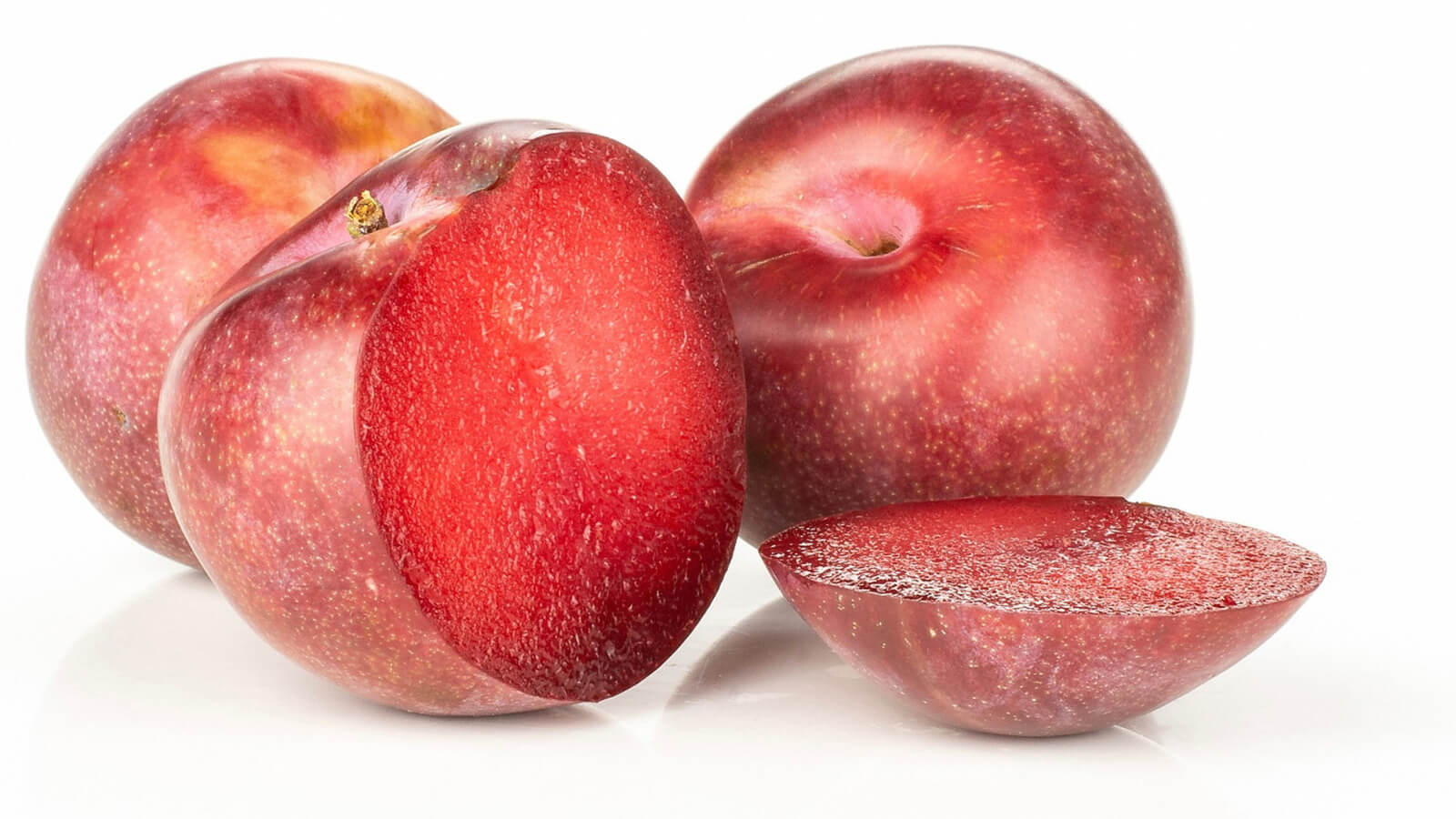
Pluots often resemble plums, with smooth skin in rich hues ranging from ruby red to speckled purple. Their flavor is intensely sweet and juicy, with just a hint of tartness from the apricot, though the plum characteristics dominate in both taste and texture. Ripening in late summer, pluots thrive in warm, temperate climates and are typically more flavorful than conventional plums thanks to selective breeding for higher sugar content. With numerous cultivars like Flavor Grenade and Geo Pride, each variety offers its own unique twist on this delicious hybrid.
2. Plumcot
Hybrid: Plum × Apricot (50/50)
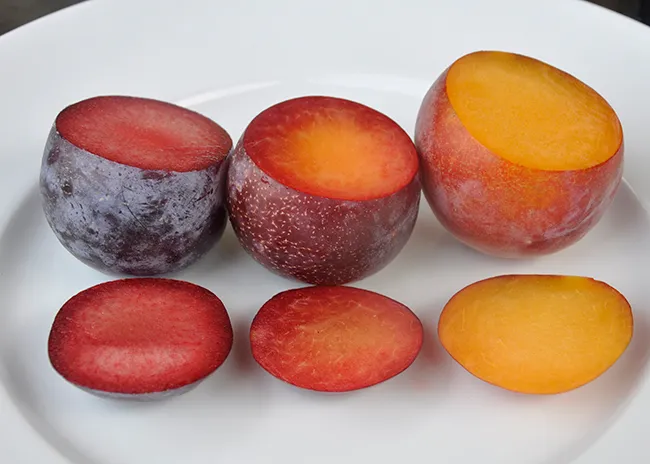
Plumcots are soft-skinned and slightly fuzzy, typically smaller than a plum but larger than an apricot. Their flavor is a true fusion—half tart, half sweet—with a balanced mouthfeel that’s less sugary than a pluot yet more complex than a standard apricot. As the earliest recognized plum–apricot hybrid, dating back to the early 20th century, plumcots are delicate and prone to bruising, which makes them a rare find in supermarkets but a cherished gem at farmers’ markets.
3. Peacotum
Hybrid: Peach × Apricot × Plum
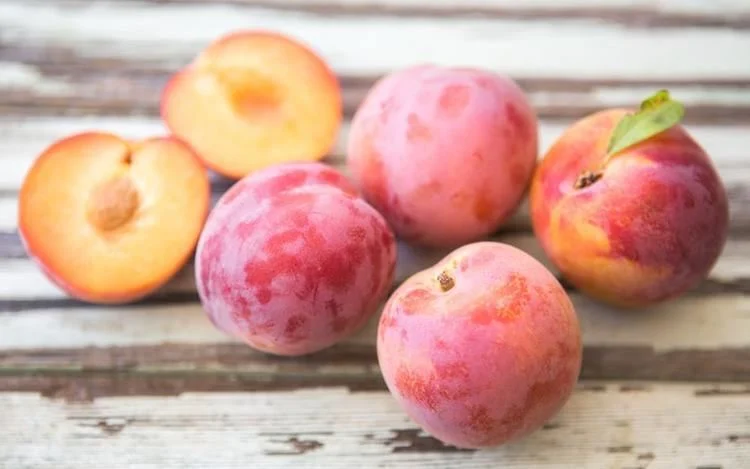
Peacotums are medium-sized and round, with smooth or slightly fuzzy skin that often carries a reddish or orange blush. Their flavor offers a balanced blend of all three parent fruits—a peachy aroma, apricot-like texture, and a subtle tartness from the plum. As a more complex hybrid, peacotums require precise growing conditions, thriving best in well-drained soils and full sun to fully develop their layered flavors. They’re less common than pluots or apriums, making them a rare and intriguing treat for fruit enthusiasts.
4. Nectaplum
Hybrid: Nectarine × Plum
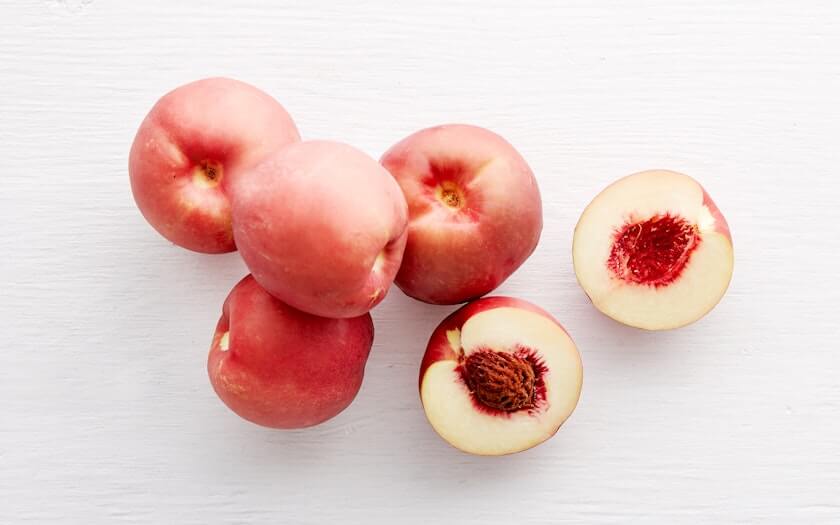
Nectaplums have a smooth, glossy skin like a nectarine, often showcasing deep red or purple hues. Their flavor is rich and aromatic, combining the juicy sweetness of a plum with the floral, tangy overtones of a nectarine. Ripening in early summer, nectaplums are among the first hybrid fruits of the season. Frequently grown in California, they’re prized not only for their striking appearance but also for their enticing fragrance—even before they reach full ripeness.
5. Cheriplum (or Plumcherry)
Hybrid: Cherry × Plum
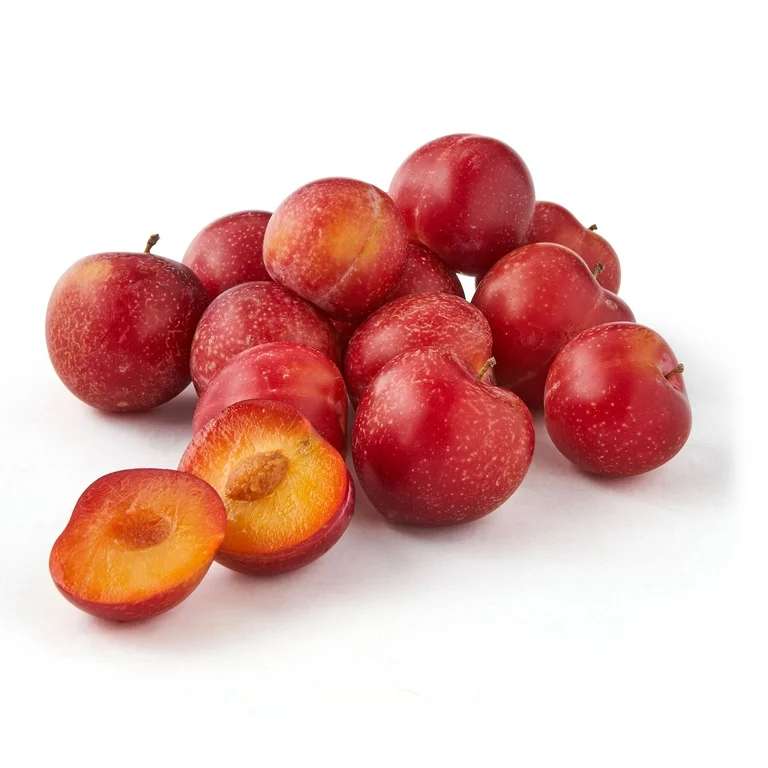
Cheriplums are small, cherry-sized fruits with plum-like skin, usually in shades of dark red or purple. Their flavor falls somewhere between a cherry and a miniature plum—sweet-tart, juicy, and slightly firm in texture. Still relatively rare, cheriplums are primarily found in specialty orchards or grown as ornamental trees. While some varieties are ideal for fresh eating, others are better suited for preserves, sauces, or culinary experiments.
6. Plumogranate
Hybrid: Plum × Pomegranate
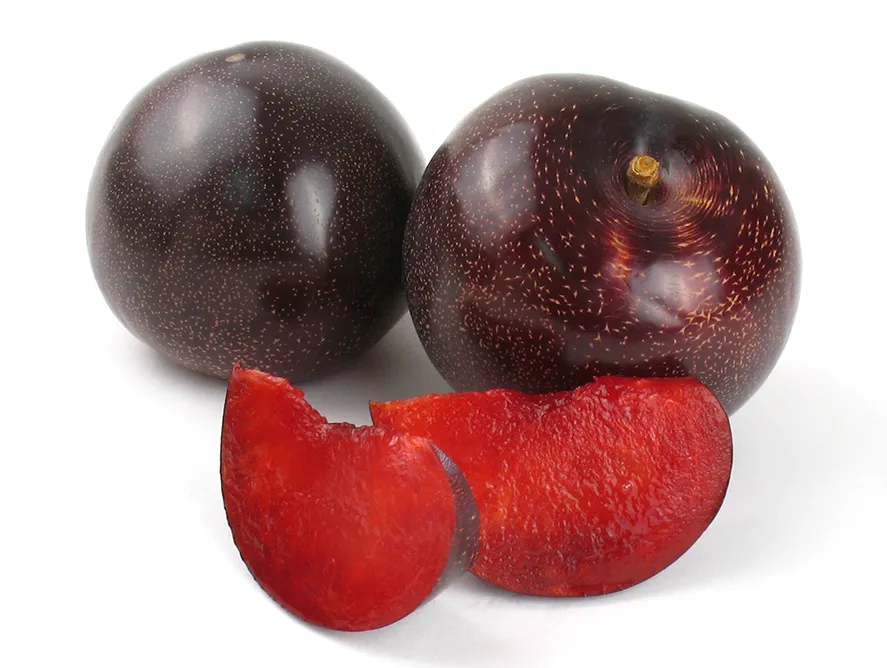
Plumogranates closely resemble plums in shape but often feature a reddish hue with interiors flecked in vibrant red tones. Their flavor is still being refined through breeding, but early varieties suggest a promising combination of plum-like sweetness with the tangy complexity of pomegranate. As a novel and rare hybrid, plumogranates are part of ongoing agricultural experiments aimed at merging antioxidant-rich fruits with appealing textures. They remain largely unavailable to the public, typically found only in trial orchards or specialty fruit collections.
7. Nectacot
Hybrid: Nectarine × Apricot
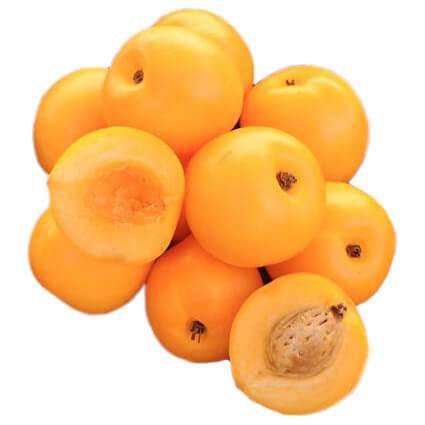
Nectacots are small to medium-sized stone fruits with smooth, fuzz-free skin that ranges from golden-orange to reddish hues—visually quite similar to apriums. Their flesh is dense, aromatic, and juicy, offering a balanced flavor that blends the floral sweetness of nectarines with the slightly tart depth of apricots. Like apriums, nectacots are typically eaten fresh and are valued for their firm bite and rich flavor. They’re still somewhat uncommon, often found at farmers’ markets or in specialty orchards.
8. Peacharine
Hybrid: Peach × Nectarine
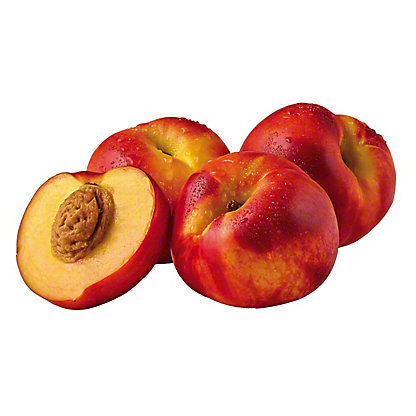
Peacharines closely resemble apriums in their rounded shape and vibrant skin, which may be smooth like a nectarine or carry a slight fuzz reminiscent of a peach. Their coloration ranges from yellow to blush-red, and the flesh is juicy, tender, and sweet with just a hint of tang. Though larger than apriums, they share a similar firm texture and are prized for fresh eating. Peacharines are typically grown in warm climates and harvested in late summer, much like other interspecies stone fruit hybrids.
9. Flavor King / Flavor Queen / Dapple Dandy (Pluot Varieties)
Hybrid: Plum × Apricot (cultivars of pluot)
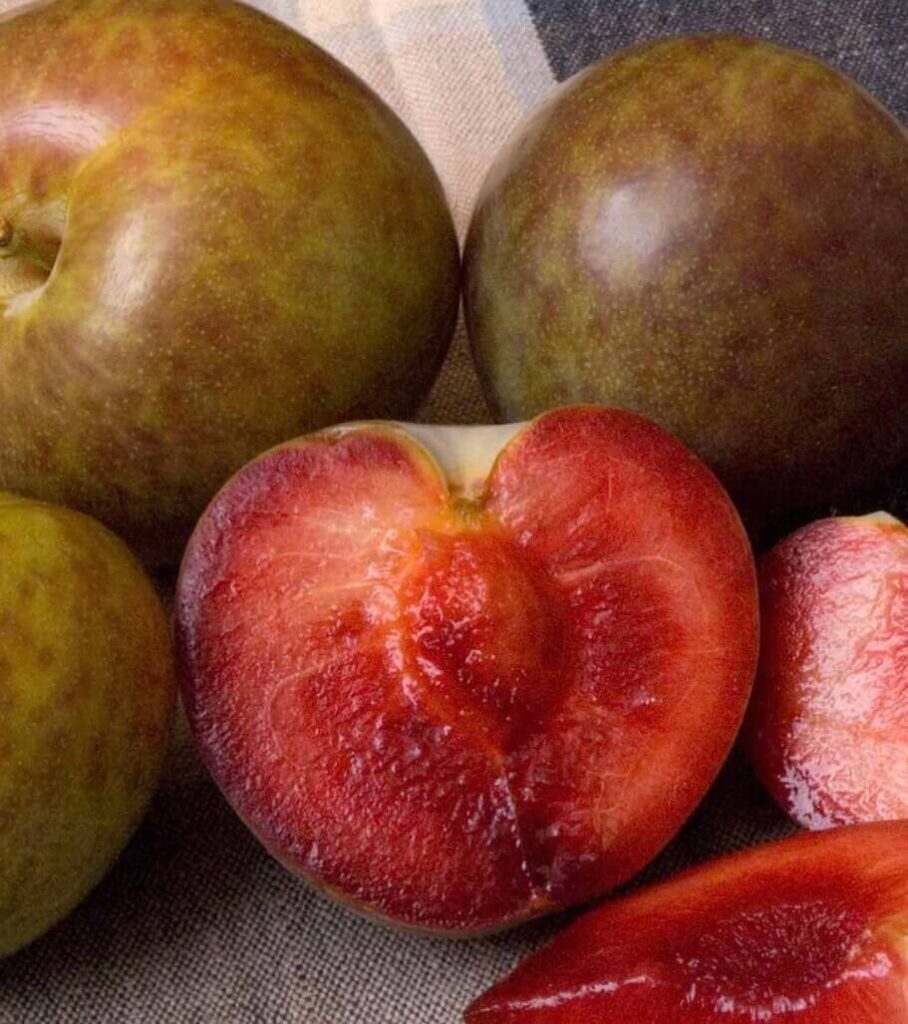
The Flavor King, Flavor Queen, and Dapple Dandy are standout named varieties of pluots, each with its own distinct appearance and taste. Flavor King features a deep maroon exterior with golden flesh and delivers a rich, spicy, aromatic flavor that’s almost wine-like in depth. Flavor Queen, with its bright yellow skin and flesh, is honey-sweet and low in tartness. Dapple Dandy, known for its speckled red-yellow skin and red-streaked flesh, offers a bright, tangy flavor with a punch of sweetness and a firm, satisfying bite. These cultivars are carefully bred for unique taste profiles and textures, and are widely grown in California. Popular at farmers’ markets, their ripening schedules vary—Flavor Queen is among the earliest to mature, while Flavor King ripens later in the season, extending the enjoyment of pluot season.
As you can see, hybrid fruits like the aprium—and its close cousins—offer more than novelty. They combine the best traits of their parent fruits: sweetness, texture, resilience, or beauty. Whether you’re a backyard grower, a farmers’ market regular, or just a curious snacker, these hybrids show just how delicious genetic diversity can be. Let nature (and science) surprise your palate!
